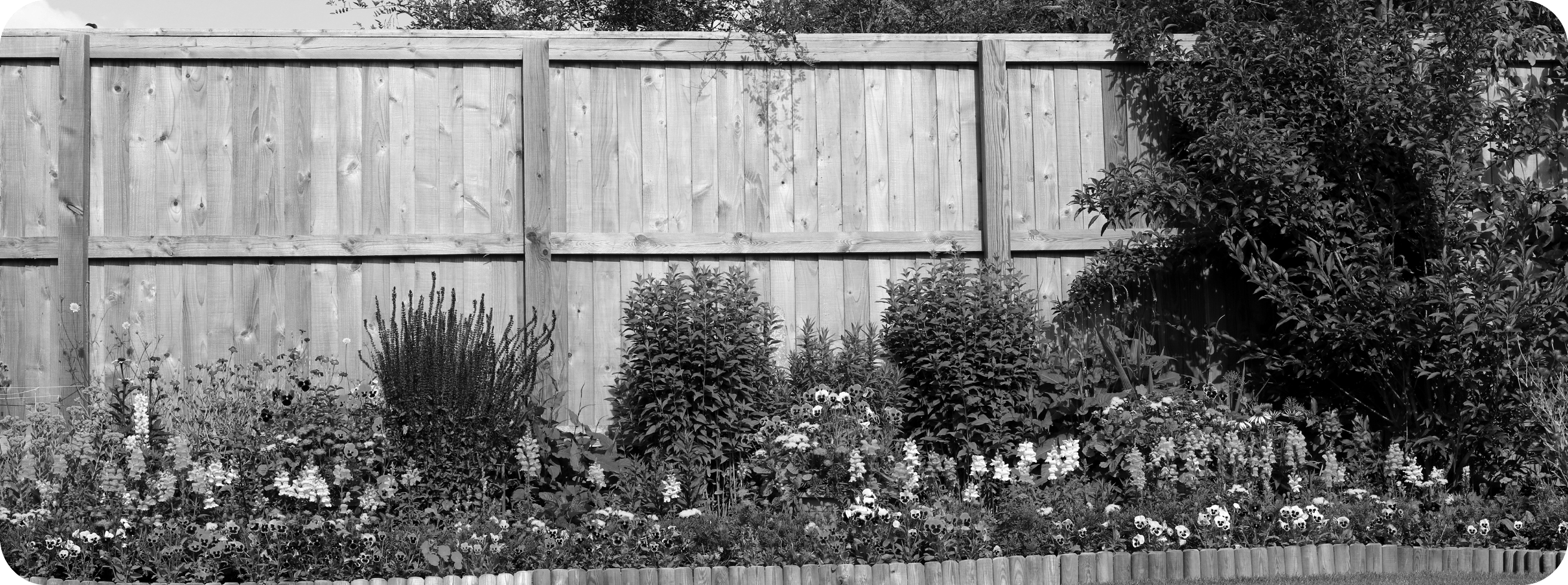Many people believe that the boundary between their property and a neighbour’s runs exactly down the middle of the fence or wall between the properties. Others think that they are always responsible for the left-hand boundary. However, boundaries are an extremely complex area of property law and unfortunately it is not usually this straight forward.
Boundary disputes are one of the most common disputes in the UK and have apparently increased during the recent covid lockdowns. They make for entertaining reading in the papers not infrequently! Unfortunately, boundary disputes can be difficult to resolve but let’s face it, no one really wants to fall out with their neighbours. Too often, what starts as a minor disagreement ends up being blown out of proportion, so we would suggest that getting some legal pointers early on is likely to be beneficial to maintaining the relationship you have with your neighbours and ensuring that disputes are sorted out fairly and quickly.
What are boundary disputes?
Any dispute between neighbours over adjoining land is a boundary dispute. It is a specialised area of property law and frequently complex. Common examples of boundary disputes include:
- rights of way
- the positioning of fences
- extensions of neighbours’ properties
- the locations of pipes and drains
- trees, hedges and overhanging foliage
- ownership of the ‘no man’s land’ between the two properties
- driveways or pavements
How do I identify the boundary?
The first step in identifying your boundary is to look at the Title Deeds. However, while the Title plan provides a description of the property and a drawing outlining the extent of the boundary coloured in red, this is only what is referred to as the general boundary.
Boundaries can change over time. for many reasons. Likewise, boundary lines drawn on maps at the Land Registry usually only show the approximate location of the boundary and are not exact enough to resolve disputes. It may come as a surprise, but in England and Wales, there is usually no exact record of the boundary between two properties. Certainly, less clear, is who owns the hedge, trees, fence or wall between the properties.
Resolving a dispute
We would always advise speaking to your neighbour first off about your concerns. If you do not feel happy to do this, a factual letter either from you or a lawyer can be helpful in opening up discussions regarding the problem and may be signed by more than one person if the problem affects more than just you.
There is also the option to draw up a Boundary Agreement or apply for a determined boundary, which can then be registered and which will be legally binding.
Mediation is frequently used to resolve boundary disputes and litigation should be the last resort.
What are the rules?
Property law regarding boundaries is frustratingly vague and much of it is derived from looking at past cases, rather than present day statutes.
There is no legal requirement to maintain a fence or wall between properties. However, if it causes damage or injury, for example by falling over, you may be liable. Equally, there is no obligation to prune or cut back hedges or trees. You may cut overhanging branches but only up to the boundary!
If the boundary line has been in its present position for at least 12 years without complaint, then it is generally accepted as the legal boundary through the law of adverse possession, otherwise known as squatter’s law, no matter what the deeds or a surveyor says.
If you or someone you know wants more information or needs help or advice, please contact us on (023) 9225 9822 or email [email protected]






